According to the vast survey of Delloitte on outsourcing, in 2021 there were 65% of companies (respondents of the survey) who chose to delegate information technology services. This is 7% more compared to the data of 2019. In 2022, the growth didn’t seem to slow down. To demonstrate the current and upcoming trends of delegating software development, MWDN researched up-to-date outsourcing samples for 2022-2023.
Contents:
- 15 companies that outsource IT services in 2022
- What are the three main business models of outsourcing software development?
- How to choose a reliable vendor for IT services outsourcing?
- Summing up
One of the multiple reasons why large enterprises and small startups choose outsourcing is that there is a great number of successful outsourcing examples. Market leaders in technology, robotics, AI, software development, etc., demonstrate to the market how beneficial outsourcing can be. Check out and get inspired by the example of 15 well-known companies that delegate their IT services to third parties.
15 companies that outsource IT services in 2022
Alibaba used to delegate its design to the US-based company, Slack was deployed by Estonian developers, GitHub was created thanks to outsourcing exclusively, and Google delegated its support services to dedicated teams in over 60 countries. Nestle outsources logistics functions, Amazon delegates warehouse management, and Microsoft Enterprise hires remote employees for its call center.
We are all aware of these classic examples of IT outsourcing. However, every year has something new to offer. Check out the newly updated list of 15 companies that use outsourcing.
1. Panasonic

A large European department of Panasonic, Panasonic Appliance Air-Conditioning Europe, outsourced its Smart cloud climate control function to the German office of SoftServe.
The vendor came up with an innovative idea for reducing the electricity consumption of air conditioners and provided both easy access to the climate control function by its clients and ultimate protection of customers’ personal data.
2. Samsung
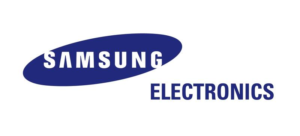
Samsung has been cooperating with several outsourcing companies, including JCommerce (Poland), Devinity (Poland), and Altoros (Argentina). Unfortunately, not all vendors publicly reveal what they are doing for an electronic giant. Here’s what we’ve found:
The Poland department of Samsung, Samsung Electronics Polska, asked a Poland-based JCommerce group to develop for them a Qlik Sense. This is an application and a platform for shop managers and salespeople where they can find information about Samsung goods and track the location of particular batches.
3. Mastercard
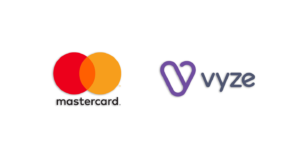
The cooperation between MasterCard and Poland-based STX Next wasn’t direct. STX Next worked for Vyze, which was later purchased by MasterCard for 47 million USD. Vyze is a B2B and B2C financial platform that facilitates purchasing and other financial operations. STX Next task for this project was to help the company scale its development capabilities which were performed to the mutual satisfaction of both parties.
4. Credit Agricole
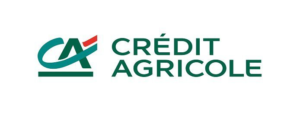
French-based international bank group Crédit Agricole has vast experience cooperating with IT outsourcing companies.
Crédit Agricole Bank Poland, for example, outsourced the creation of its main app that would support all the internal banking processes to the Poland-based Future Processing outsourcing IT company.
The bank also outsourced part of its fintech functions to Switzerland-based Amaris Consulting and Poland-based Devinity.
5. Vodafone

Vodafone is a multinational telecommunication company that operates in 22 countries around the globe, particularly in Europe, Africa, and Asia. This is a company that uses outsourcing whenever it can. Among its partners are Czech-based CN Group CZ, Indian PixelCrayons, and Ukrainian CHI Software.
CHI Software, in particular, assisted the communication giant by creating an online insurance portal that is actively used by Vodafone Ukraine.
6. Xerox
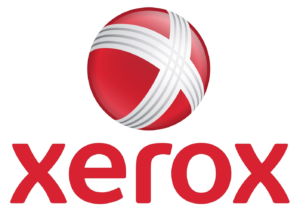
Xerox outsources its mobile-related development to Indian-based TatvaSoft. The company also was assisted by Indian-based Net Solutions with building a web platform for transforming the documentation strategy of one of its core clients.
7. Havas
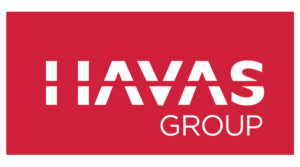
One of the largest advertising companies in the world, Havas hired Ukraine-based ELEKS (that today has offices in almost 20 cities around the globe) to develop for them an app they could install into 47 Moto 360 smartwatches which were further offered as gifts to Havas’ guests on an important event.
ELEKS employed all its knowledge in data science to make the experience of every guest at the event as personalized and augmented as possible.
8. Auchan
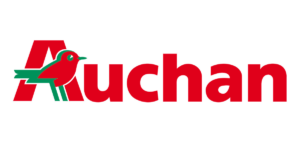
There are not many details as of November 2022, but it is already known that quite recently, the French-based store chain Auchan cooperated with Evozon commerce (Romania) on developing its online store.
9. Charge

The cooperation between Charge and MWDN is yet another successful example of outsourcing. Charge (Nax Technology Group) is a US-based B2B and B2C FinTech company that simplifies financial operations for its customers, protects them from fraudulent attacks, secures clients’ data, and allows its customers to use one app instead of multiple cards from different banks.
The MWDN team helped Charge create an application with new functionality based on blockchain technology.
10. National Geographic

National Geographic chose a software development company from New York, Icreon, to renovate its digital presence across various platforms all over the globe. Icreon helped the most popular channel about nature to create a “Global Repository” CMS, where the channel could store and share all its global assets. Today the new CMS is used in 133 countries, supports 21 languages, and has a search engine of its own.
11. AstraZeneca

The British-based pharmaceutical giant came to the Sweden branch of Sigma Software to get help with the new version of its Systems Integration Platform that works with dynamic databases. Sigma Software not only made the 4.0 version of the app more convenient due to better data structurization but also enhanced its interface to make it as easy to use as possible for all 60,000 AstraZeneca employees in over 100 countries.
12. Pinterest

Located in San Francisco, Pinterest needed technical talents to help them with their Ads Manager, and it found assistance with BairesDev. BairesDev found just the right developers skilled in using Java, Python, Go, React, Redux, and Node to renovate the Pinterest Ads Manager and help its client continue to grow and scale its business.
13. Logitech

Developex is a Ukrainian IT company specializing in software for professional and gaming peripheral devices. There’s no wonder that one of the leaders in producing computer periphery, Logitech, has chosen Developex as an outsourcing partner to work on its LOGITECH C310 HD camera.
14. Toyota Motor Corporation
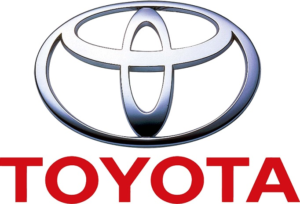
Japanese automotive giant needed an automated system of tenders management. They asked for assistance from an Argentina-based software development company Altoros. Along with the system for acceptance, organization, and processing of tender queries, Altoros provided its client with other automation systems that helped Toyota employees abandon the manual processing of some reports and applications.
15. Coca-Cola

Innovative applications, automation, and data processing are not the only successful outsourcing examples. Some companies, like Coca-Cola, ask their IT vendors to create gamified onboarding apps for their employees. This is the case of Croatia-based Q Agency and the largest producer of non-alcoholic beverages. The Q Agency came up with an HTML5-based application with games and puzzles that made the learning and onboarding processes inside the Coca-Cola team more interactive and fun.
What are the three main business models of outsourcing software development?
We’re accustomed to the fact that outsourcing is, first of all, a way to delegate some of the customer’s business processes to a third party. However, it’s better to divide outsourcing into three categories because though being alike, they have some peculiarities.
| Time-and-material outsourcing | Outstaffing (staff augmentation) | Fixed-price outsourcing (particular fee for a particular project) | |
| Definition and examples | This model is usually used by companies who want to outsource a side project while they have an in-house team working on their core product. | This model is used by companies that need to reinforce their in-house team with highly skilled tech talents. It is also popular among companies with “high seasons,” which need extra help for a short period of time. | This model can be chosen by companies that have very small IT departments. Fixed price means a customer gives direct instructions on what it wants to obtain and pays the price established by a vendor. |
| How many people are hired? | It depends on the volume of work to be performed. As a rule, these are 10-15 specialists, including delivery managers, developers, QA engineers, designers, and analysts. | As a rule, companies that choose staff augmentation require two to five experts who can boost the productivity of their in-house team. | A company can pay a fixed price to one freelancer for a logo design, for example. At the same time, ten and more tech talents can be hired to bring a large project to life. |
| What about the prices? | Classic outsourcing has a wide range of possible prices. An e-commerce website might cost 100,000 to 200,000 USD. | Outstaffing is the most affordable way of delegating IT services, as a customer pays only for the expertise of several technical talents. Their assistance in e-commerce website deployment can cost 10,000 to 100,000 USD. | This is the most expensive outsourcing method as a vendor company has to think of all the possible risks and put them into a final price for a client. For example, a fully-fledged e-commerce website can cost up to 250,000 USD. |
| What are the possible pitfalls of this outsourcing model? | - You have to check the credentials and testimonials about your vendor carefully. The most common “trick” outsourcing companies use is selling Junior developers as Middle or even Seniors. - You stay an important part of the project as you control the development process and can make amendments to the direction in which your dedicated team moves. | - There might be a time difference between your office and your newly hired remote experts. Discuss this issue before sending an offer to the new employee. - There might be a communication or a cultural gap between your in-house team and a developer who might live on another side of the planet. | - Vendors which use a “fixed price” approach usually have the highest prices on the market of IT services. - You don’t have almost any control over the development process. - If your initial instructions were misunderstood because you’ve described a task poorly, at the end of the contract, there might be debates on whether your vendor should change the final project for free to meet your true expectations. |
How to choose a reliable vendor for IT services outsourcing?
Find everything you can about the company online.
Check out the portfolio of the vendor you’re about to hire. Find contacts of their clients and ask them for feedback. Check out the technical forums, ask whenever any of your business partners have heard of this vendor, etc.
Opt for the best countries for IT outsourcing.
- First of all, this will allow you to cut your expenses as the average salaries in these countries are lower than in the largest economies like the USA, Canada, Germany, or Israel.
- Secondly, these countries have an established reputation in the international market of IT services due to their high proficiency, creativity, and strive for innovation.
- Last but not least, the governments of these countries understand that a large part of the country’s export is IT services. For this reason, they assist IT businesses in many aspects, partially by decreasing their taxes.
Here are the top 10 countries with multiple successful outsourcing companies. We chose them due to their levels of salaries, knowledge of English, and the level of technical skills of their tech talents.
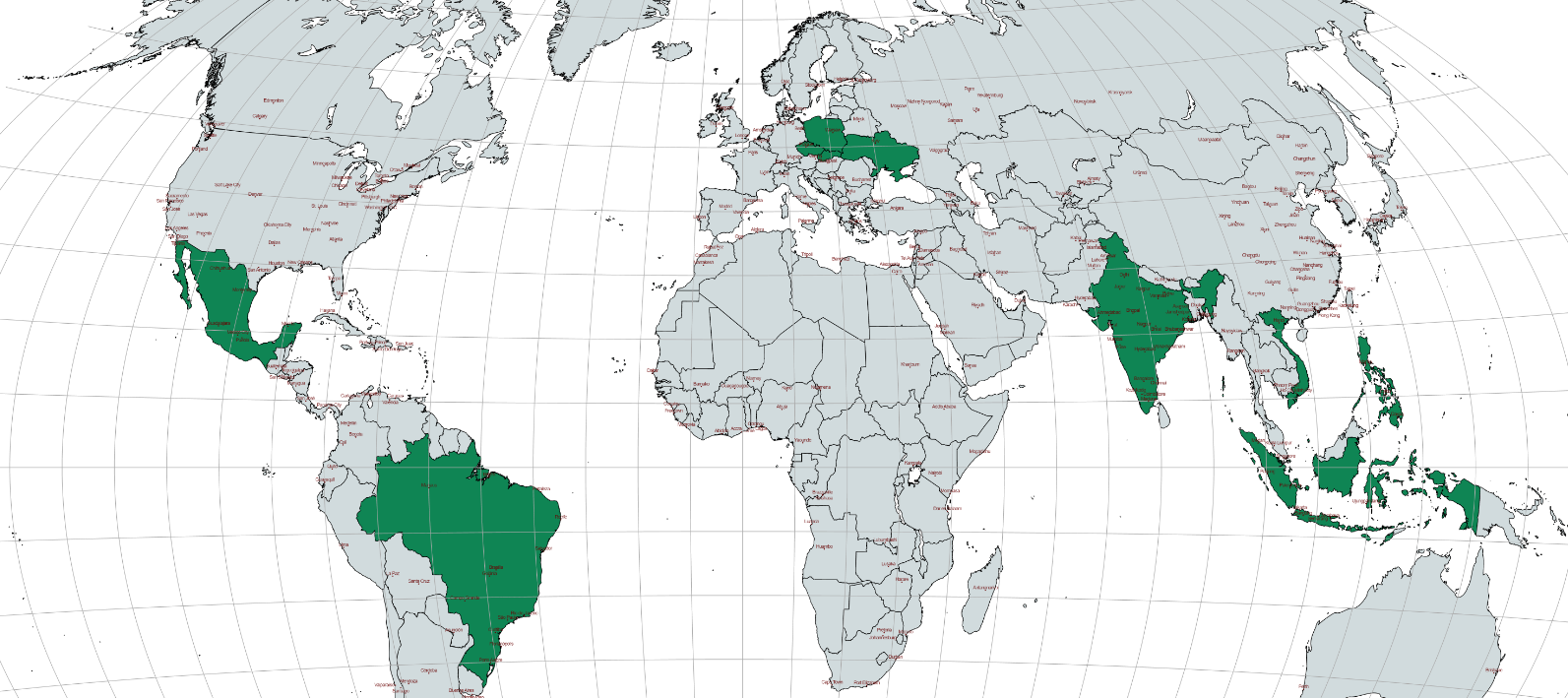
- India
- The Philippines
- Indonesia
- Poland
- Ukraine
- The Czech Republic
- Slovakia
- Vietnam
- Mexico
- Brazil
Be aware of the red flags.
! If the vendor’s manager doesn’t respond to you promptly, this might be a sign that efficient communication with the client is not one of their priorities.
! If the vendor’s representative doesn’t have a high command of English, there might also be a language barrier between you and your dedicated team.
! If something is not clear in the calculations of the project’s price, this might be a sign that your vendor is trying to get extra funds from you.
! If something is not fully transparent or if something bothers you – trust your business sense and keep away from such a company.
! If the vendor’s prices are way too low, such a company will most likely produce software of poor quality or won’t keep up with your deadlines.
Some examples of outsourcing companies
Thanks to the multiple platforms where companies leave feedback about vendors they worked with (like Clutch, Glassdoor, Indeed, etc.), companies that decided to outsource IT services have more chances than ever to choose the best software development contractor on the first try. Here is a Global Leaders Matrix based on feedback left by thousands of clients.
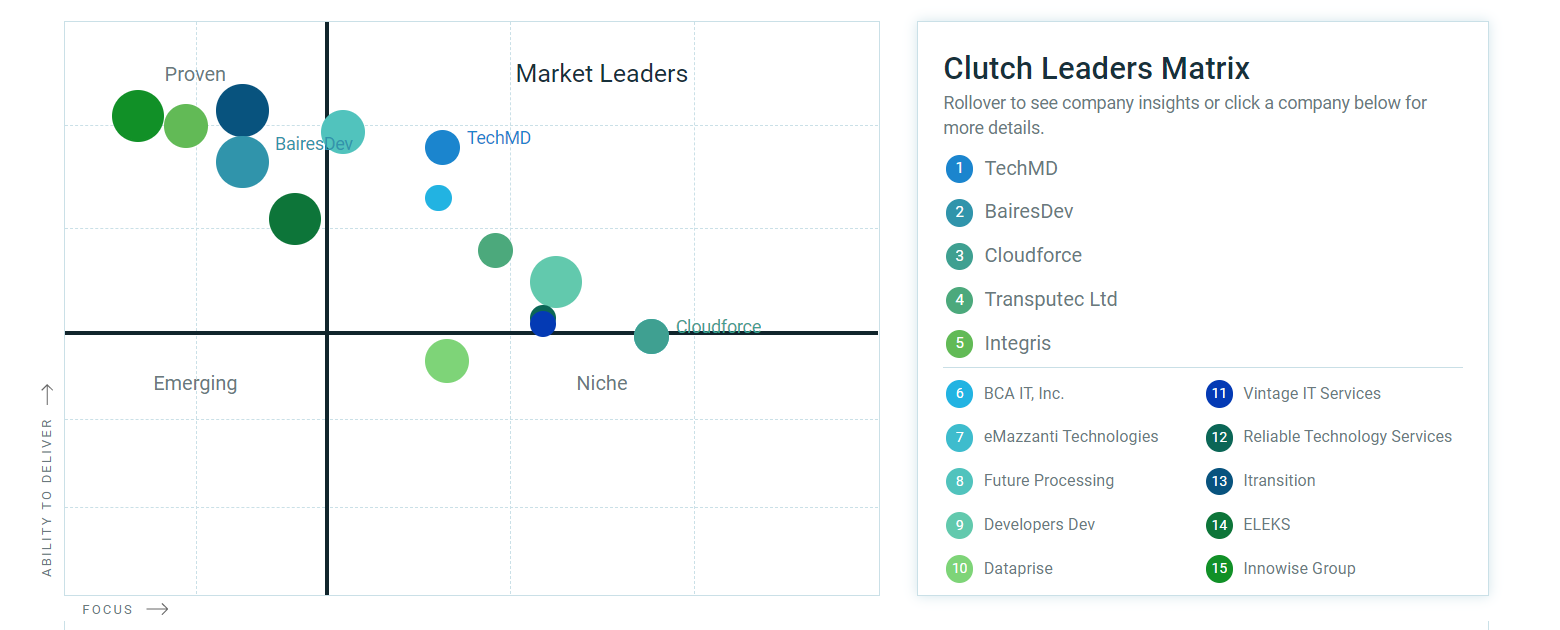
Image source: Clutch
However, 11 out of 15 leaders are from the US, where software developers have one of the highest levels of salaries in the whole world. This means that these companies probably won’t be able to provide the most affordable services. The average hourly rate of these 15 leaders is $98–$141.
If the main reason why you opt for outsourcing software development is cost reduction, think of finding an IT vendor in countries with lower salary expectations, like Ukraine, India, or Vietnam.
MWDN, for instance, having an average rating of 4.9/5 on Clutch, offers an average hourly rate of $25–$49.
Summing up
- There is a huge variety of outsourcing success stories because most companies delegate their IT services one way or another. This might be large enterprises like those we’ve mentioned in this article or small startups with tight budgets. These are technology companies that delegate parts of their projects to third parties as well as production, retail, healthcare, and governmental organizations that need an application, a website, or another IT solution.
- Businesses opt for outsourcing and outstaffing due to the benefits these models bring: cost reduction, access to innovations and unique tech talents, higher efficiency of processes, faster speed to the market, more agility, better scalability of the business, etc.
- There is an outsourcing model for every budget and type of company. Opt for fixed-price outsourcing if you have a budget and don’t want to get distracted by developers. Choose outstaffing if you need additional expertise on some narrow topics. Find a time-and-material outsourcing company if you want to take off the extra burden from your in-house developers and delegate some side projects to third parties.
- Outsourcing and outstaffing are here to stay. The trend for delegating IT services won’t go anywhere, so now is the best time to find a reliable vendor for your company. Check out MWDN’s services to see if we can help you with your project.
